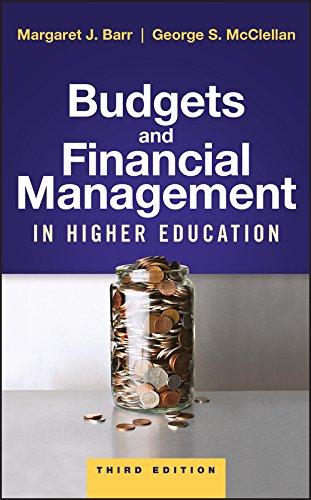 no need to ans a,b,c
no need to ans a,b,c
6. You manage a risky portfolio with expected rate of return of 18% and standard deviation of 28%. The T-bill rate is 8%. # Your client chooses to invest 70% of a portfolio in your fund and 30% in a T-bill money market fund. What is the expected value and standard deviation of the rate of retum on his portfolio? b? Suppose that your risky portfolio includes the following investments in the given proportions: Stock A, 25%; Stock P, 32%, Stock C, 43%. What are the investment proportions of your client s overall portfolio, including the position in T-bills? s What is the reward-to-volatility ratio (S) of your risky portfolio? Your client's? d. Draw the CAL of your portfolio on an expected return-standard deviation diagram. What is the slope of the CAL? Show the position of your client on your fund's CAL. e. Suppose that your client decides to invest in your portfolio a proportion y of the total investment budget so that the overall portfolio will have an expected rate of return of 16%. What is the proportion y? What are your client's investment proportions in your three stocks and the T-bill fund? What is the standard deviation of the rate of return on your client's portfolio? f. Suppose that your client prefers to invest in your fund a proportion y that maximizes the expected return on the complete portfolio subject to the constraint that the complete portfolio's standard deviation will not exceed 18%. What is the investment proportion, y? What is the expected rate of return on the complete portfolio? g. If your client's degree of risk aversion is A=3.5, what proportion, y, of the total investment should be invested in your fund? What is the expected value and standard deviation of the rate of return on your client's optimized portfolio? 6. You manage a risky portfolio with expected rate of return of 18% and standard deviation of 28%. The T-bill rate is 8%. # Your client chooses to invest 70% of a portfolio in your fund and 30% in a T-bill money market fund. What is the expected value and standard deviation of the rate of retum on his portfolio? b? Suppose that your risky portfolio includes the following investments in the given proportions: Stock A, 25%; Stock P, 32%, Stock C, 43%. What are the investment proportions of your client s overall portfolio, including the position in T-bills? s What is the reward-to-volatility ratio (S) of your risky portfolio? Your client's? d. Draw the CAL of your portfolio on an expected return-standard deviation diagram. What is the slope of the CAL? Show the position of your client on your fund's CAL. e. Suppose that your client decides to invest in your portfolio a proportion y of the total investment budget so that the overall portfolio will have an expected rate of return of 16%. What is the proportion y? What are your client's investment proportions in your three stocks and the T-bill fund? What is the standard deviation of the rate of return on your client's portfolio? f. Suppose that your client prefers to invest in your fund a proportion y that maximizes the expected return on the complete portfolio subject to the constraint that the complete portfolio's standard deviation will not exceed 18%. What is the investment proportion, y? What is the expected rate of return on the complete portfolio? g. If your client's degree of risk aversion is A=3.5, what proportion, y, of the total investment should be invested in your fund? What is the expected value and standard deviation of the rate of return on your client's optimized portfolio
 no need to ans a,b,c
no need to ans a,b,c





